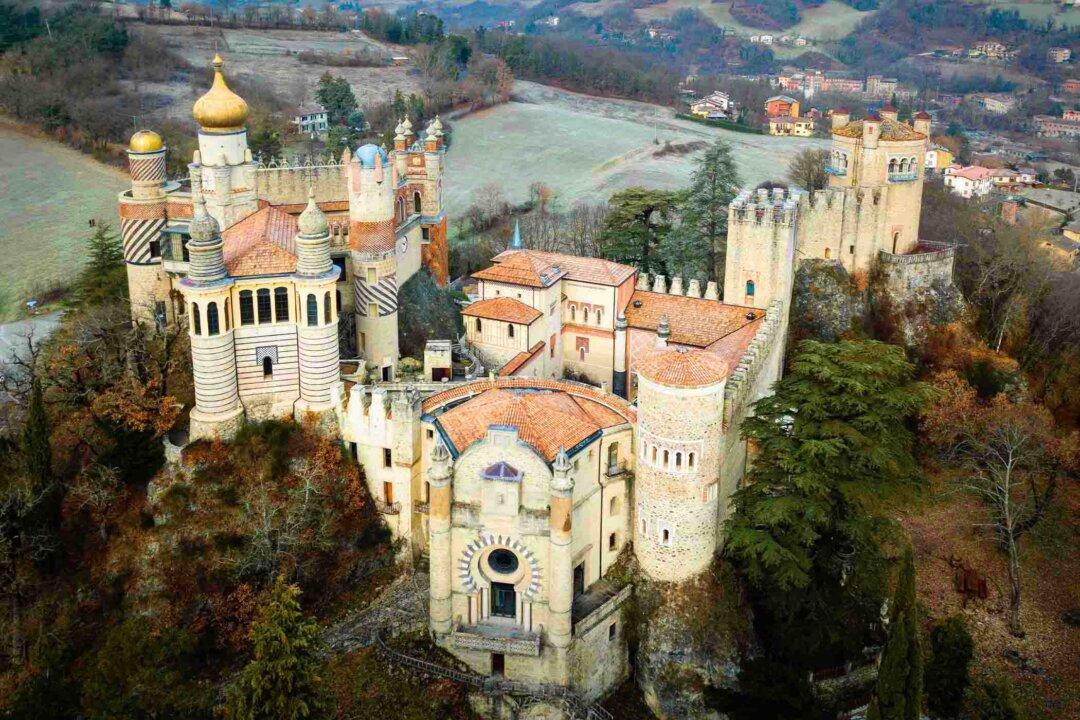In a certain region north of Tuscany, Italy, it would not seem out of place to spot fast Ferrari sports cars twisting through what looks like a Leonardo da Vinci-esque landscape.
Such colorful collages of scenery coexist in Emili-Romagna. Here in the Apennine mountains there are many juxtapositions of the old and new.






